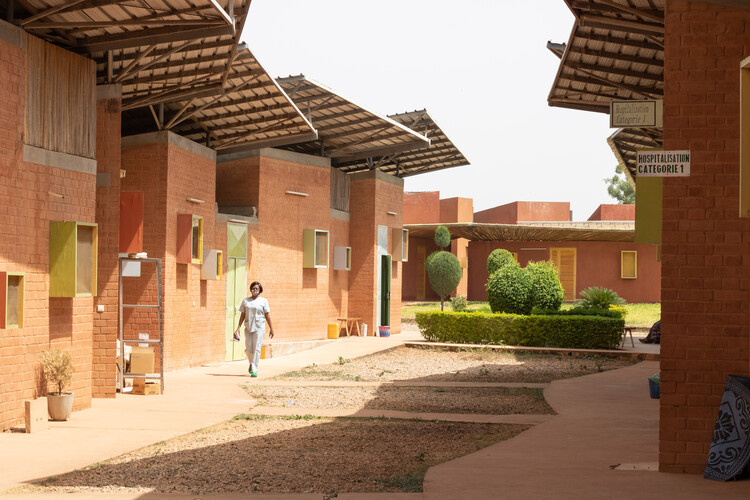
Doreen Adengo, architect from Kampala, Uganda has passed away, as reported by African Futures Institute’s Instagram Account, after a long battle with cancer. Founder of Adengo Architecture in 2015, a research-based multi-disciplinary practice operating out of her hometown Kampala, Doreen, a registered architect in the United States and Uganda, had earned her undergraduate at the Catholic University (Bachelor of Science in Architecture) and graduate studies at Yale (Masters of Architecture). She has taught at The New School and Pratt Institute in New York, the University of Johannesburg’s Graduate School of Architecture, and was currently teaching at Uganda Martyrs University. In celebration of International Women’s Day 2022, Doreen Adengo was recognized by ArchDaily as one of the established practitioners implicated in change.























































.jpg?1648133923)






.jpg?1647823485)
.jpg?1647822667)
.jpg?1647822697)
.jpg?1647823274)












![Charlotte Perriand, one of the four female architects highlighted in Carmen Espegel's "Women Architects in the Modern Movement" book.. Image © Robert Doisneau [Wikimedia], under public license. David Adjaye Named as the First Recipient of the Charlotte Perriand Award - Image 1 of 4](https://images.adsttc.com/media/images/620a/241a/3e4b/31f4/e200/000c/thumb_jpg/Charlotte_Perriand_Janvier_1991.jpg?1644831765)


